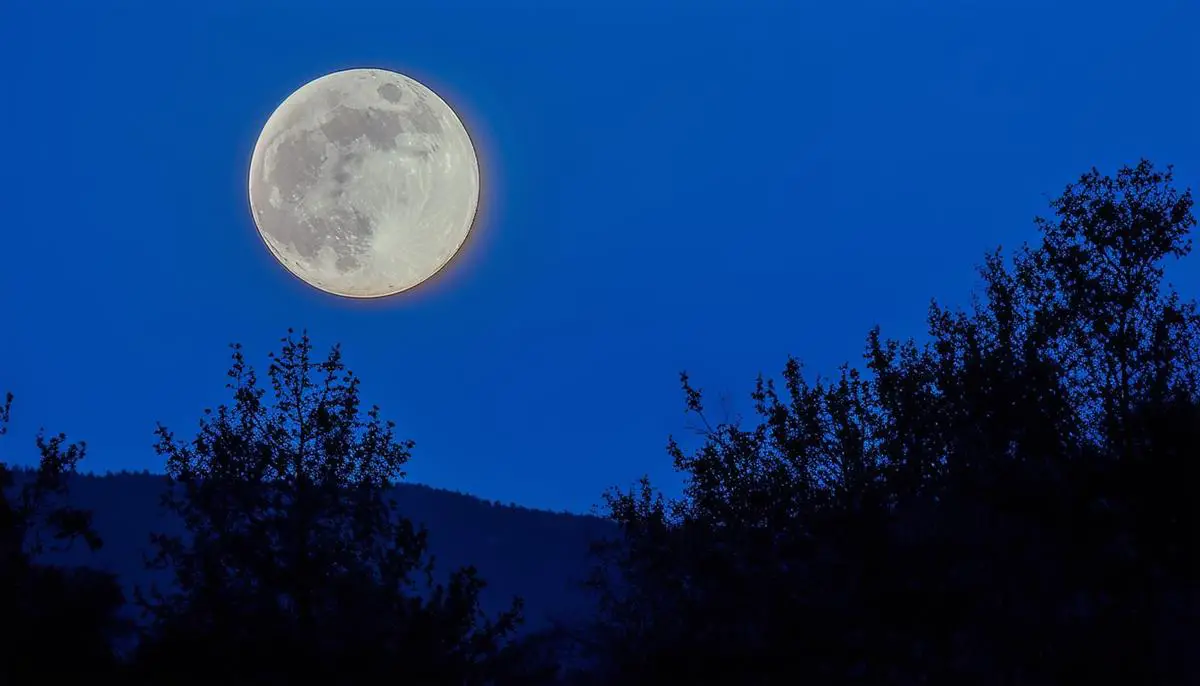Blue moons have always intrigued us, not just for their rarity but for the rich history and cultural significance they carry. From ancient agricultural calendars to modern-day celebrations, these celestial events offer a unique opportunity to connect with the night sky in meaningful ways.
Understanding Blue Moons
A blue moon isn't actually blue. It refers to having two full moons in one month or the third full moon in a season with four. Seeing two full moons in a single calendar month happens every couple of years. The last time this occurred was on August 31, 2023. The seasonal blue moon, seen less frequently, pops up when there are four full moons in an astrological season. That third full moon earns the blue moon badge.
In the 1500s, when someone mentioned the moon being blue, it meant something impossible. Then the Krakatoa volcano erupted in 1883, scattering ash so high up that the moon truly looked blue. This gave birth to the expression "once in a blue moon," meaning rare but not impossible.
The Maine Farmer's Almanac coined the term "seasonal blue moon." Back when religious festivals depended on moon phases for their dates, a pesky 13th full moon messily altered the schedule. To keep things in order, the third full moon out of four in one season was called a blue moon.
James Hugh Pruett, an astronomer writing for Sky & Telescope in 1946, mistakenly defined a blue moon as the second full moon in a month, rather than the third in a season. This misunderstanding stuck around, and now both definitions coexist. The next seasonal blue moon? August 19, 2024.
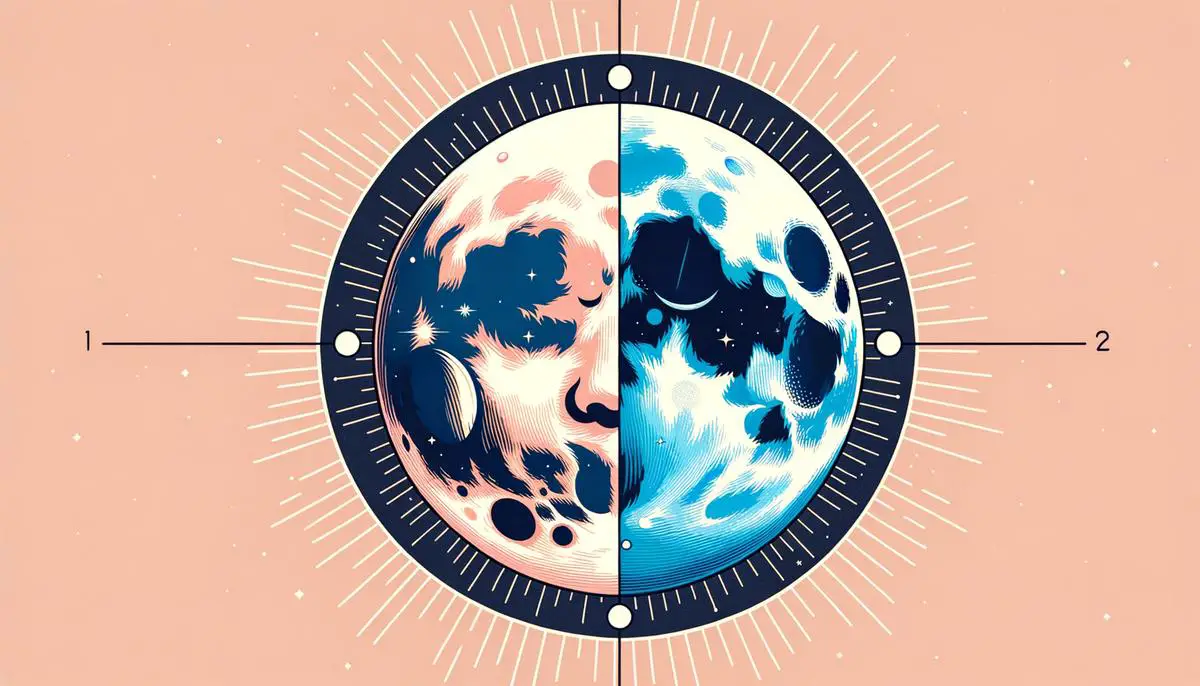
Cultural and Historical Significance
Throughout history, blue moons haven't just been an astronomical oddity; they've carried a hefty load of folklore and superstition. If you have a granny with a penchant for old wives' tales, you've probably heard a thing or two about blue moons.
Way back when our ancestors relied on the moon's phases to guide their agricultural and religious calendars, blue moons threw everyone for a loop. Imagine planning your harvest and religious festivals based on the moon—then boom! A surprise extra moon shows up, and suddenly, you're shifting dates left and right.
Medieval folks seeing the moon turn blue—thanks to volcanic ash from eruptions like Krakatoa in 1883—thought it was a sure sign the end was nigh. These events injected a layer of mystique and suspicion into blue moons, leading to all sorts of folklore. People believed these moons could influence everything from crop yields to human behavior.
But it's not all doom and gloom. In various cultures, blue moons became a reason to celebrate and feast. The modern Mid-Autumn Festival in East Asia, for instance, sees families coming together under the full moon to share mooncakes and stories, making it a time of unity and joy.
Our language picked up on this cosmic spectacle, using "once in a blue moon" to mean rare events. From songs to idioms, the phrase wiggled its way into our hearts and everyday speech. The song "Blue Moon," which became a doo-wop hit thanks to The Marcels and later covered by Elvis Presley, perhaps owes its charm to this very concept of rarity and serendipity.
Astrologers see this as a potent time for setting intentions, resetting old patterns, and a cosmic "bonus round" for goals that didn't quite make the last lunar cut.
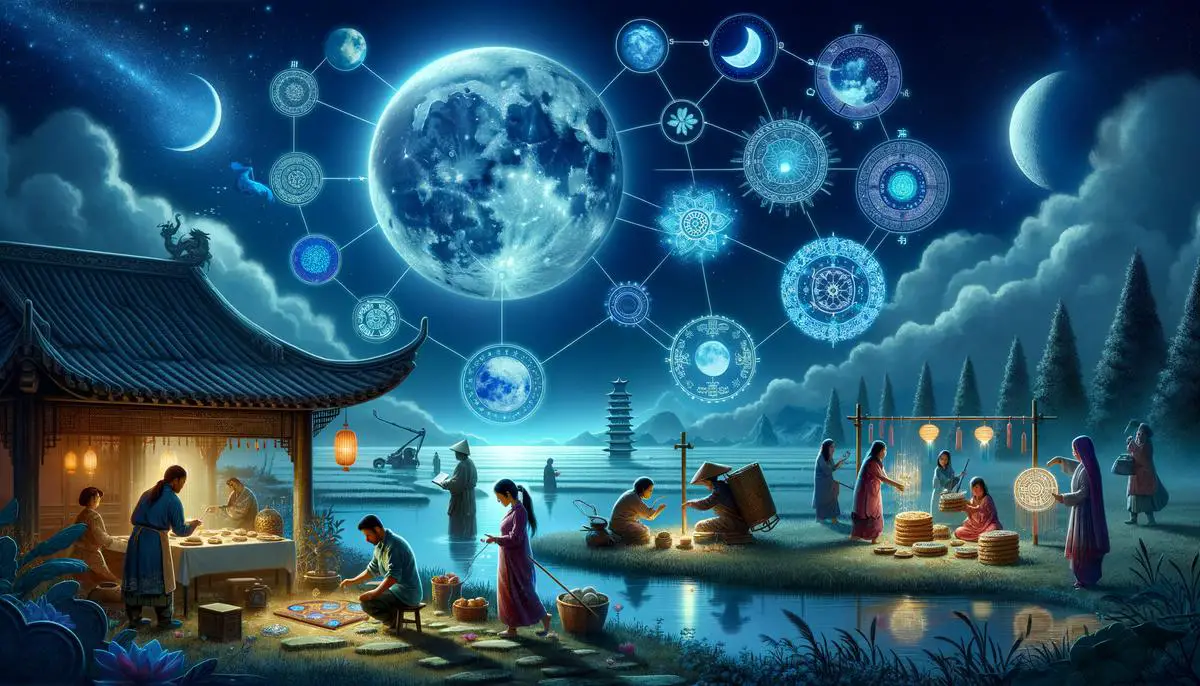
Modern Blue Moon Celebrations
When the next blue moon rolls around, don't just go about your business as usual—get ready to embrace some modern-day practices and rituals that can help you harness that unique lunar energy. Let's explore the ways you can celebrate this cosmic event, beyond just gazing up in wonder.
- Manifestation journaling: Grab a cozy blanket, your favorite pen, and a fresh journal. Write down your deepest desires and intentions like they've already happened.
- Social gathering: Host an outdoor potluck, gather around a fire pit, or enjoy a moonlit picnic with moon-themed decor.
- Spiritual rituals: Light candles, use essential oils, and try a cleansing ritual for your home or a ritual bath with moon-charged water and herbs.
- Movement: Try moonlit yoga, a tranquil walk, or dance under the moonlight.
- Candle ritual: Write goals on paper, place under a blue or white candle, and light it while visualizing your goals.
- Moon-themed meal or cocktail: Try moon milk or create a themed cocktail with moonlit ingredients.
- Moon water: Leave a jar of water outside to absorb the moon's energies, and use it throughout the month.
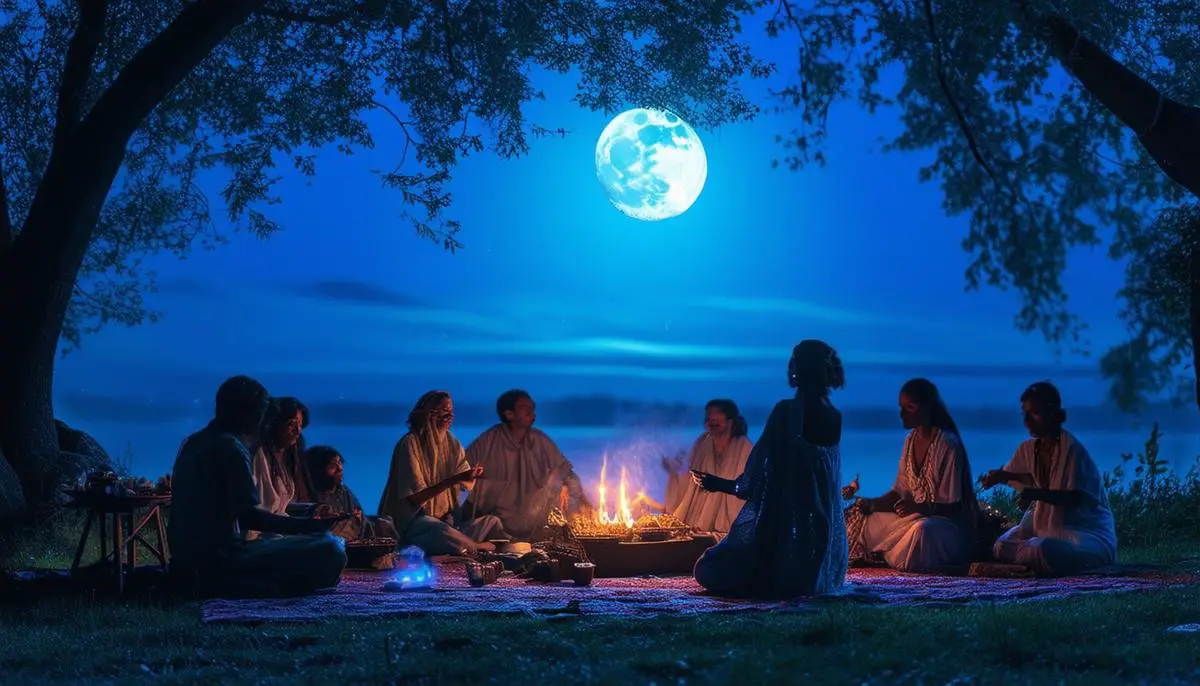
Upcoming Blue Moon Events
Time to mark your calendars, because upcoming blue moon events are not to be missed! Here's your ultimate blue moon cheat sheet:
| Date | Event |
|---|---|
| August 19, 2024 | Next seasonal blue moon |
| May 31, 2026 | Next monthly blue moon |
| October 31, 2026 | Halloween blue moon |
| January 31, 2037 | Monthly blue moon |
| August 31, 2023 & September 1, 2031 | Back-to-back blue moons |
| July 31, 2034 | Mid-summer blue moon |
Sometimes blue moons are accompanied by extra-special astronomical alignments. For example, the blue supermoon on August 30, 2023, was a combination of a full moon being exceptionally close to Earth (the supermoon bit) and being the second full moon of the month (the blue moon bit). Coupled with Saturn twirling nearby, it was like watching a cosmic ballet.
Remember, the magic of blue moons extends beyond the night sky. Get yourself into the celestial spirit by tracking these dates and make every blue moon night count. Whether it's quiet reflection, a friendly gathering, or a spiritual ritual, these rare moons provide plenty of opportunities for joyous celebrations and profound insights.
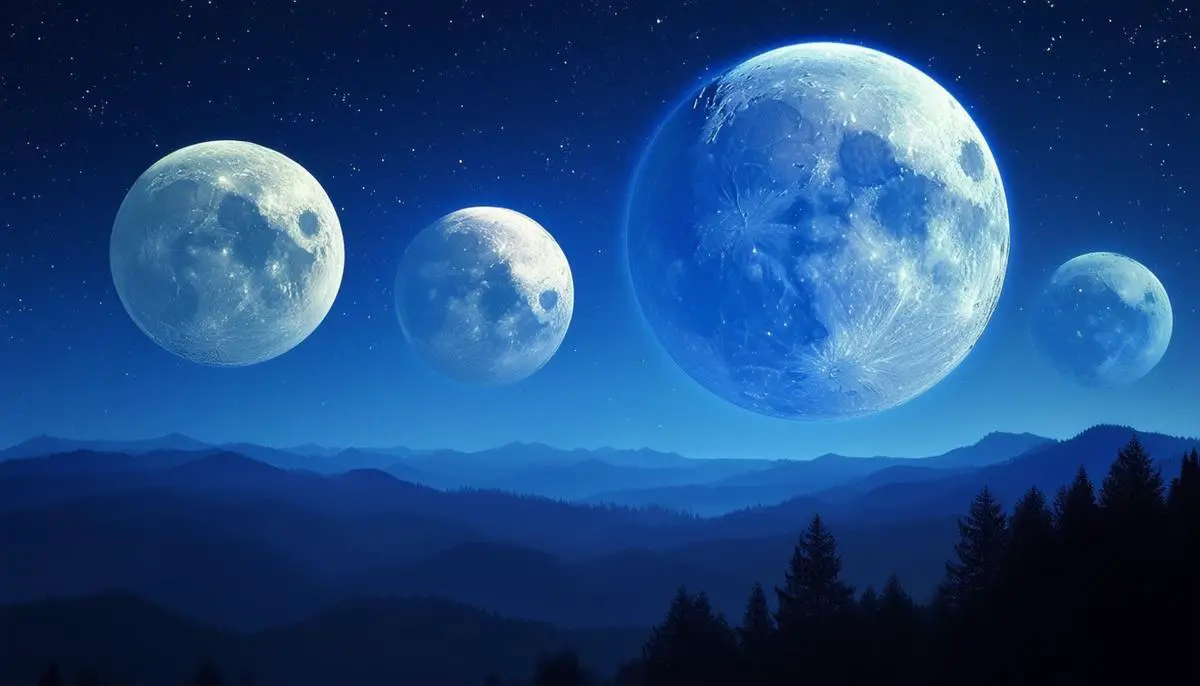
As you look forward to the next blue moon, remember it's more than just a rare astronomical event. It's a chance to engage in traditions that span centuries and cultures. Whether you're setting intentions, celebrating with friends, or simply enjoying the view, make every blue moon night one to remember.
- Olson DW, Fienberg RT, Sinnott RW. What's a Blue Moon? Sky & Telescope. 1999;97(5):36-38.
- Hiscock P. Once in a Blue Moon: A Cultural History. Cambridge University Press; 2015.
- Krupp EC. Beyond the Blue Moon. Sky & Telescope. 2006;112(5):44.
![]()
